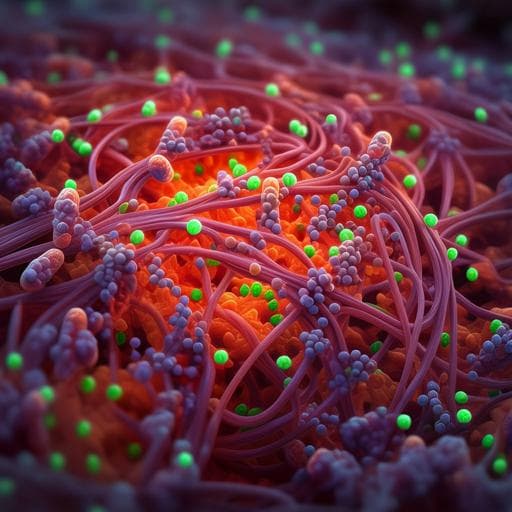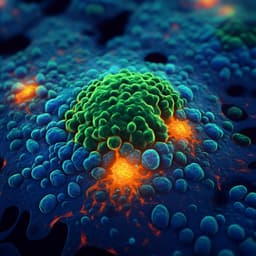
Medicine and Health
A potential therapeutic strategy of an innovative probiotic formulation toward topical treatment of diabetic ulcer: an in vivo study
F. Karimi, N. Montazeri-najafabady, et al.
Discover the promising results of a revolutionary oleogel-based probiotic formulation aimed at treating diabetic ulcers, showcasing the exceptional healing capabilities of *L. acidophilus* and *L. rhamnosus*. This groundbreaking research by Farkhonde Karimi and colleagues highlights a potential alternative treatment that could change how diabetic ulcers are approached in clinical settings.
~3 min • Beginner • English
Related Publications
Explore these studies to deepen your understanding of the subject.







